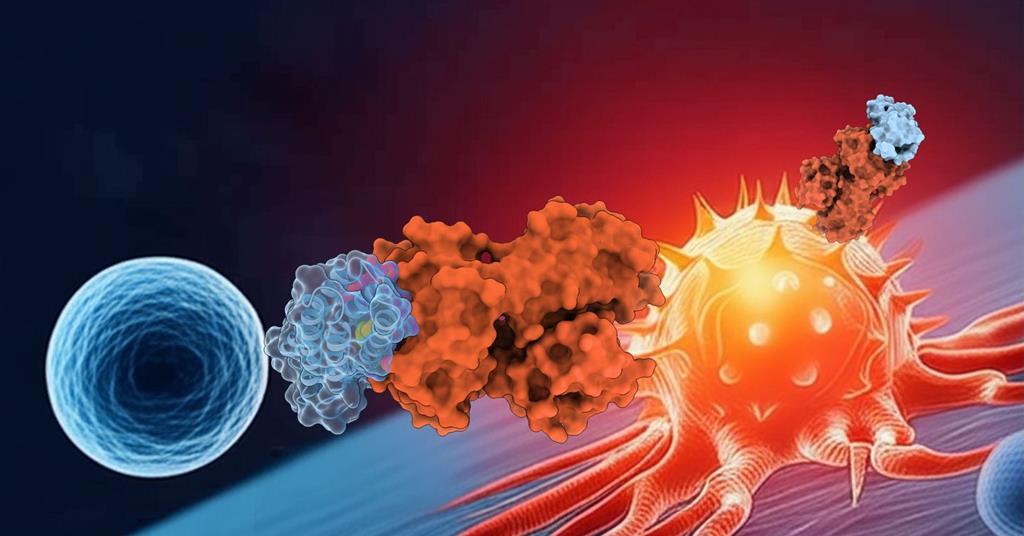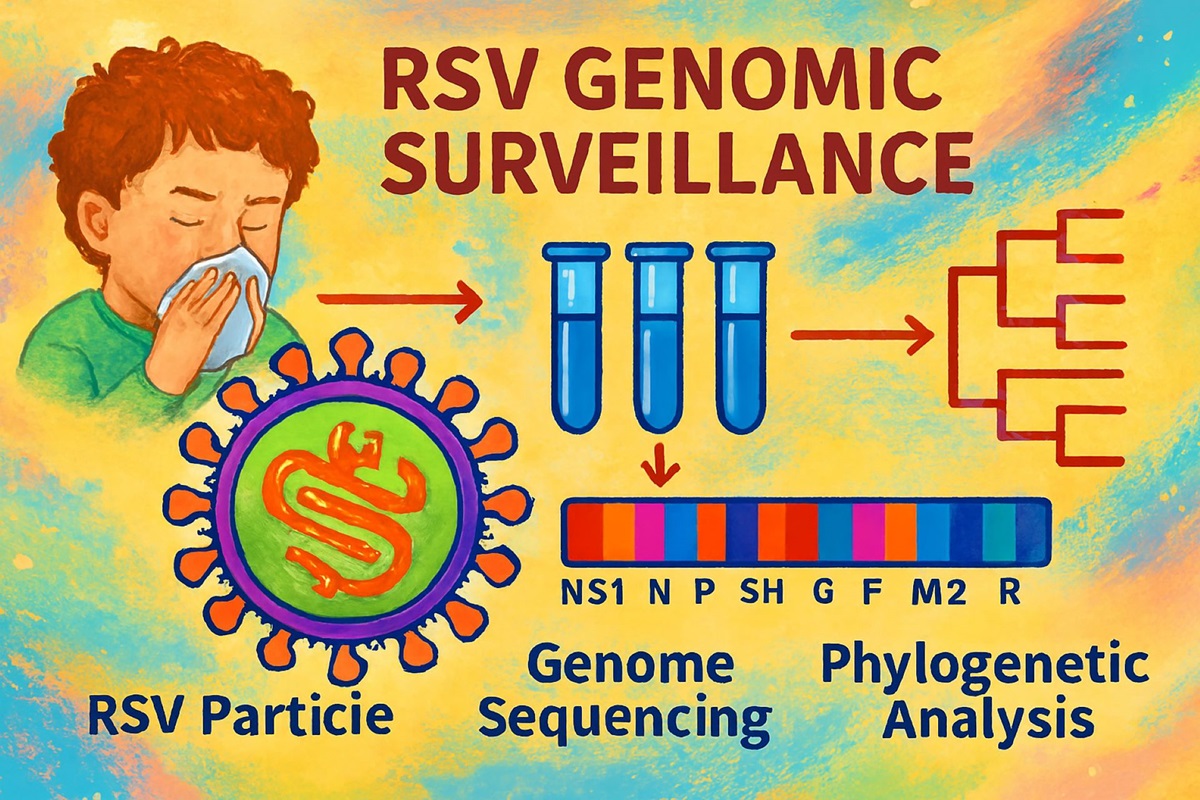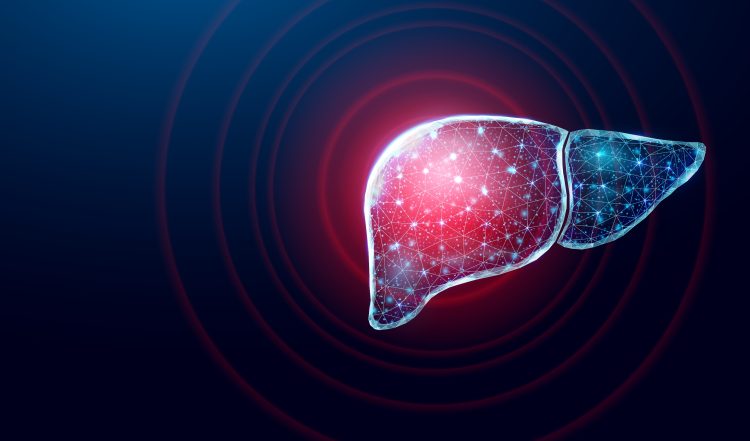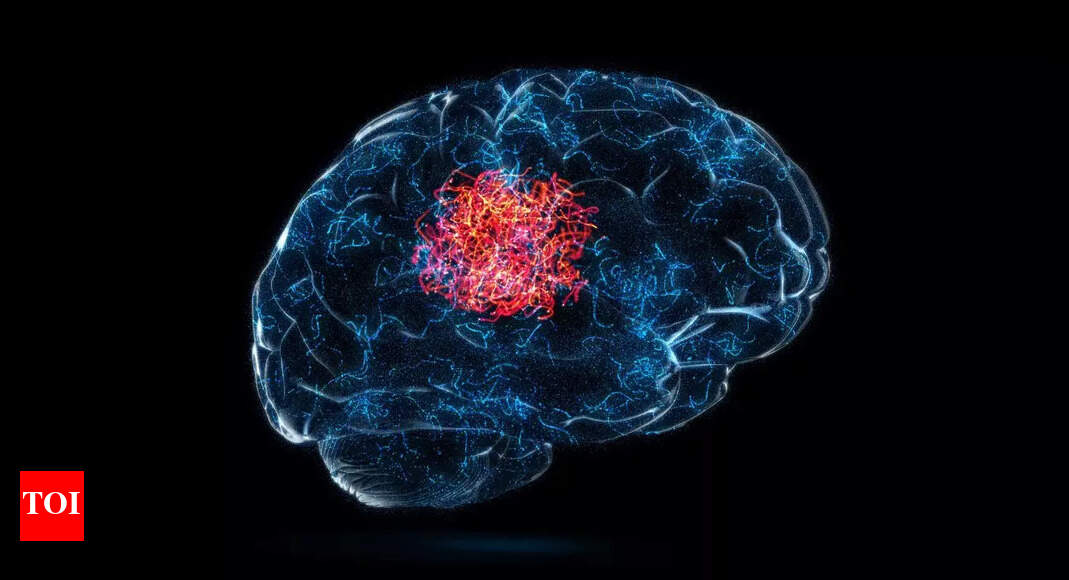The push by the nation’s leading pediatric professional organization to give weight-loss drugs to adolescents has led some in the field to urge caution.
About 1 in 5 children in the US have obesity, according to federal data published in 2024. Cardiometabolic concerns such as type 2 diabetes, high blood pressure, and fatty liver disease are common in this patient population, according to the CDC.
For these reasons, some say the potential harms of untreated childhood obesity mean weight-loss drugs such as semaglutide are a game changer. The American Academy of Pediatrics (AAP)’s new guidelines, for example, “highlight the urgency of providing immediate, intensive obesity treatment to each patient as soon as they receive the diagnosis of obesity.”
Others agree there is an urgent need to treat childhood obesity but argue there are still not enough long-term data on these drugs in youths, and there is not enough emphasis on prevention.
Spike in Prescribing
In late 2023, just after semaglutide, a GLP-1 receptor agonist was approved for obesity treatment in adolescents, the AAP issued revised clinical practice guidelines for childhood obesity, its first update on the condition since December 2007. Guidance went from watchful waiting and lifestyle modifications to initiating pharmacotherapy immediately upon diagnosis in adolescents with obesity aged 12 years or older, and to combine the medication with intensive health behavior and lifestyle therapy (IHBLT).
Since the update, there has been an increase in weight-loss drug prescribing in adolescents with obesity, especially in those with the severest forms, according to a new study published in Pediatrics OpenScience.
Using electronic health records from 310,503 outpatient visits conducted between 2021 and 2024 for children (36.9%) and adolescents (63.1%) with obesity but without type 2 diabetes, the study’s investigators found that the likelihood of the child receiving pharmacotherapy increased immediately (odds ratio [OR], 1.65; 95% CI, 1.23-2.21) and monthly since the guidelines release (OR, 1.05; 95% CI, 1.03-1.07).
“We do report there was a 65% increase in prescribing of anti-obesity medications but the [number] was very, very low — only 0.4% of eligible children started anti-obesity medications after their visit [to their clinician’s office],” study co-author Davene Wright, PhD, associate professor of population medicine at Harvard Pilgrim Health Care Institute in Boston, said in an interview.
“Most of these medications are being used in adolescents with type 3 obesity,” she said, noting that those with severe obesity were 35.7% of the entire sample.
Lack of Data
The American Medical Association issued a stern warning against rushing into prescribing GLP-1s in this patient population, citing the lack of sufficient data in its Journal of Ethics. Others agreed.
The only data available so far came from a clinical trial (NCT04102189) of semaglutide plus lifestyle therapy for weight loss in 201 teens with obesity, followed for 68 weeks.
“We must be cautious in extrapolating potential long-term benefits and risks from adult data to youth,” Emma K. Edmondson, MD, MSHP and colleagues wrote, in an opinion piece about the pros and cons of GLP-1s in childhood obesity published in JAMA Pediatrics. Edmondson is a faculty member of the Department of Pediatrics at the Children’s Hospital of Philadelphia, Philadelphia.
Additionally, there are no data in support of any particular endpoint for weight-loss drug treatment, and several studies broadly suggest patients must be on the medications indefinitely, despite there being no prospective data on them in children.
“[I]t may be that adolescence is a particularly poor time to offer these medications because it is a period of rapid skeletal and brain development, because disordered eating may be more likely to emerge during this period, or because of other social-emotional aspects of adolescence,” Edmondson and colleagues wrote.
Other Drugs and Approaches
The FDA is currently evaluating a phase 3 clinical trial of the drug liraglutide for obesity treatment in children as young as age 6, which showed a mean BMI reduction of 5.8% in the trial group compared with 1.6% in the placebo group.
A combination of phentermine/topiramate plus lifestyle therapy was studied in a clinical trial (NCT03922945) of 110 teens with obesity and followed for 56 weeks.
Many studies of IHBLT by itself in childhood obesity have been done. One such study demonstrated that some nutritional and behavioral counseling in the pediatric clinical setting over 6 months helped patients stabilize their weight. Those given intensive levels of counseling actually lost weight and lowered their BMIs by month 6.
Inconsistent Access to Care
Although Wright and colleagues’ study found that nutritional counseling for children and adolescents with obesity also trended slightly upward on a monthly basis after the new AAP guidelines (OR, 1.01; 95% CI, 1.00-1.01), she said in an the interview that the 26-week protocols for the IHMLT courses are often difficult for patients to access, either because of lack of transportation or because they are not readily available in all communities, particularly in underserved communities where obesity is more prevalent.
“In our region, which includes at least two dedicated children’s hospitals, we are not aware of any programs offering this intensity of services,” Edmondson and colleagues wrote.
“In addition, less intensive but more available options, for example through interdisciplinary weight management clinics, [also] are often difficult for families to access,” Edmondson and her colleagues wrote.
Not All Obesity the Same
There have been efforts to refine the understanding of childhood obesity, such as the Lancet Diabetes & Endocrinology “Definition and Diagnostic Criteria of Obesity”, which includes the pediatric population.
The consensus statement calls for additional metrics beyond BMI to confirm excess adiposity, such as waist circumference or bioelectrical impedance, but a recent perspective published in Pediatrics claims these are not useful since using the “raw BMI values, except for a BMI 40 kg/m2 or greater, for which excess adiposity may be assumed, ignores the normal BMI changes across a child’s growth and development.”
The authors of the perspective also assert that the recommendations “such as waist circumference and bioelectrical impedance, are currently not standardized or validated across pediatric age groups.”
Prevention Over Intervention
Even without a refined understanding, Elaira Perrin, MD, Bloomberg Distinguished Professor of Primary Care at Johns Hopkins Schools of Medicine and Nursing in Baltimore believes prevention has potential across all levels of obesity. “I do think that some simple prevention ideas can be universal and support a lot of children,” she said.
Previously, as founder of Duke University’s Center for Childhood Obesity Research, Perrin also was part of a team that conducted a randomized clinical trial of a digital, low-literacy obesity prevention method for families of newborns. The results, published in JAMA, found that the infants in families who participated in the study group had lower weight-for-length trajectories over the first 24 months of life.
“We were able to reduce childhood obesity from ~13% to about 7% at age 2 years by starting to educate parents when infants were born,” Perrin said of the study.
Overall, Perrin said she believes in prevention over treatment, “But for the children who need treatment today, we should not delay. I think we always assume children will outgrow obesity, but, unfortunately, we know from a lot of research that obesity tends to worsen over time and certainly the health problems associated with obesity get worse over time.”
Wright and Perrin reported no conflicts of interest. Edmondson received an American Diabetes Association grant.












